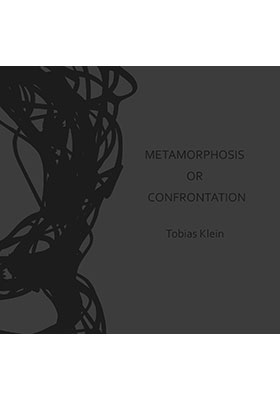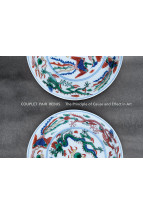Metamorphosis or Confrontation—Tobias Klein
(蛻變或對抗──簡鳴謙)
ISBN : 978-988-74707-2-4
Distributed for HKU Museum and Art Gallery 香港大學美術博物館
October 2020
160 pages, 9″ x 8.625″, color illustrations throughout
- HK$250.00
Also Available on
Tobias Klein explores applications of 3D printing in architecture, art, design and interactive media installations in order to create a fusion of contemporary CAD/CAM technologies built from natural materials, found objects and cultural historical references. Through his work, Klein develops the emerging discipline of Digital Craftsmanship as an operational synthesis between digital and physical tools and techniques.
This publication traces Klein’s work over the past decade, with each chapter unravelling the relationship and evolution of the artist’s body of work, while demanding that readers take a position of negotiation or confrontation.
Tobias Klein was trained as an architect at the Bartlett School of Architecture, University College London. Before relocating to Hong Kong in 2014, he taught for more than ten years at the world-renowned Architectural Association School of Architecture and the Royal College of Art. He holds a PhD from RMIT Melbourne and currently teaches in the School of Creative Media at City University of Hong Kong.



